Thriving nature reserve all began with a lake
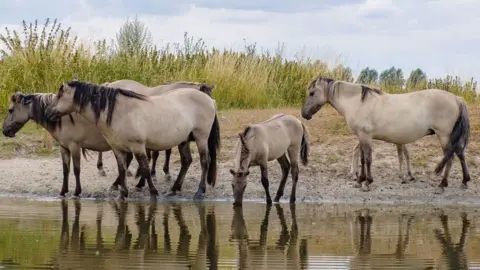 Kingfishers Bridge
Kingfishers BridgeA farmer and conservationist who transformed 300 acres into a thriving wildlife reserve 30 years ago said it all began when he dug out a lake.
Andrew Green created Kingfishers Bridge wetland habitat out of an intensively farmed sugar beet and potato farm between Wicken and Stretham, Cambridgeshire.
The lake resulted in animals and birds using it every day, he said, so he founded the reserve which is marking its 30th anniversary on Saturday and Sunday.
"Now we have more than 420 plant species, 215 different birds, 740 different moths and many more [species]," he said.
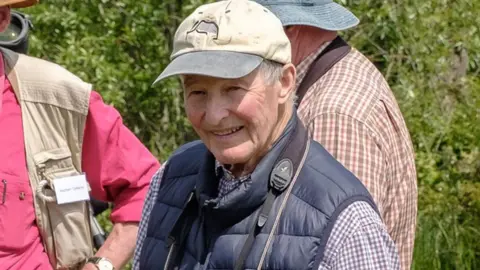 Kingfishers Bridge
Kingfishers BridgeKingfishers Bridge was "almost exclusively a birder reserve" until the Covid-19 pandemic, with visitor numbers rising from about 2,000 in 2019 to 21,000 in 2023.
It now has a car park, a cafe, a visitor centre and a shop, as well as offering regular visitor tours of its rare habitats.
Mr Green said: "About 50 years ago, I realised that [to make] a wetland conservancy, it had to be with plenty of water to make it work, and so I made a lake – this followed with animals and birds using it every day."
He praised manager James Moss for expanding and developing the habitats after the farm officially became a nature reserve.
"[He] gradually found the right places on land and water, leading to a wonderful nature reserve for which he had an extraordinary ability for managing," Mr Green said.
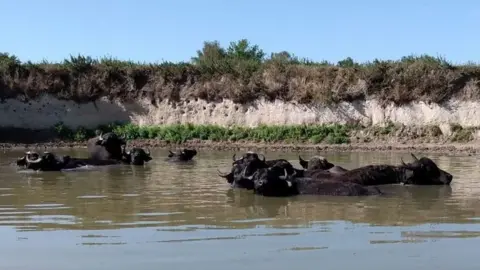 Kingfishers Bridge
Kingfishers BridgeThere has been an increase in its breeding population of lapwings, a farmland wading bird which is on a list of endangered species.
It has also seen a vast increase in the vulnerable water germander, from 12 plants in 1996 to seven million today, and it was the first place in Cambridgeshire to successfully breed bitterns since the 1930s.
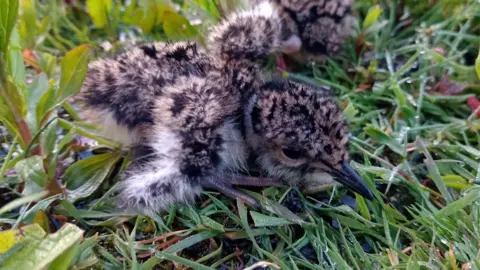 Kingfishers Bridge
Kingfishers BridgeThe data comes from RSPB, BTO & Environment Agency surveys, said Mr Moss.
Kingfishers Bridge also has herds of water buffalo and konik ponies, which help manage the habitat.
It has organised an open weekend of events to mark its 30-year milestone, including guided tours, talks, performances by local musicians and food from local vendors.
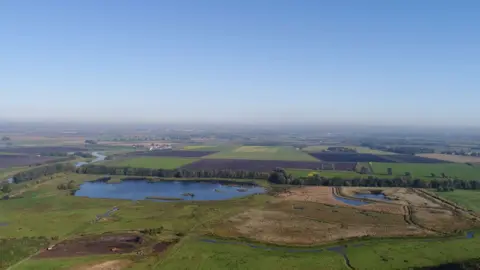 Kingfishers Bridge
Kingfishers BridgeFollow Cambridgeshire news on BBC Sounds, Facebook, Instagram and X.
